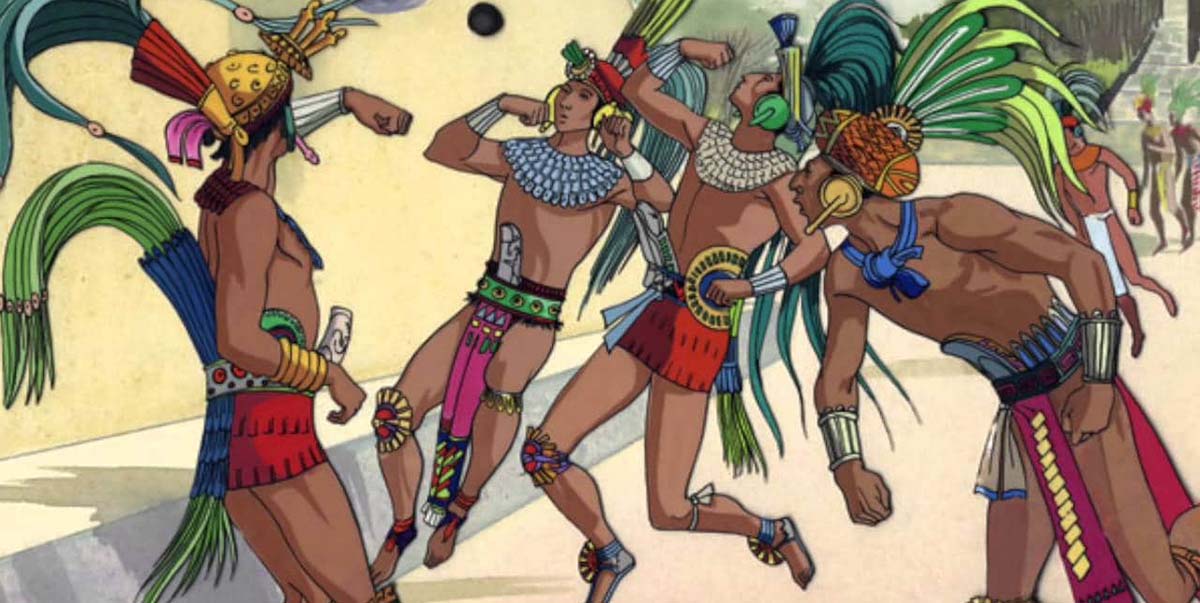
The Maya they have been one of the most important and interesting peoples of the ancient world. Distributed throughout much of Central America, for thousands of years they shone with their culture over other peoples and throughout the world.
But how did the Mayans dress? As they were? How did they look? We have seen something in our own drawings and paintings and also others left by the Spanish colonizers, but exactly, What was the clothing of the Mayans?
The Maya
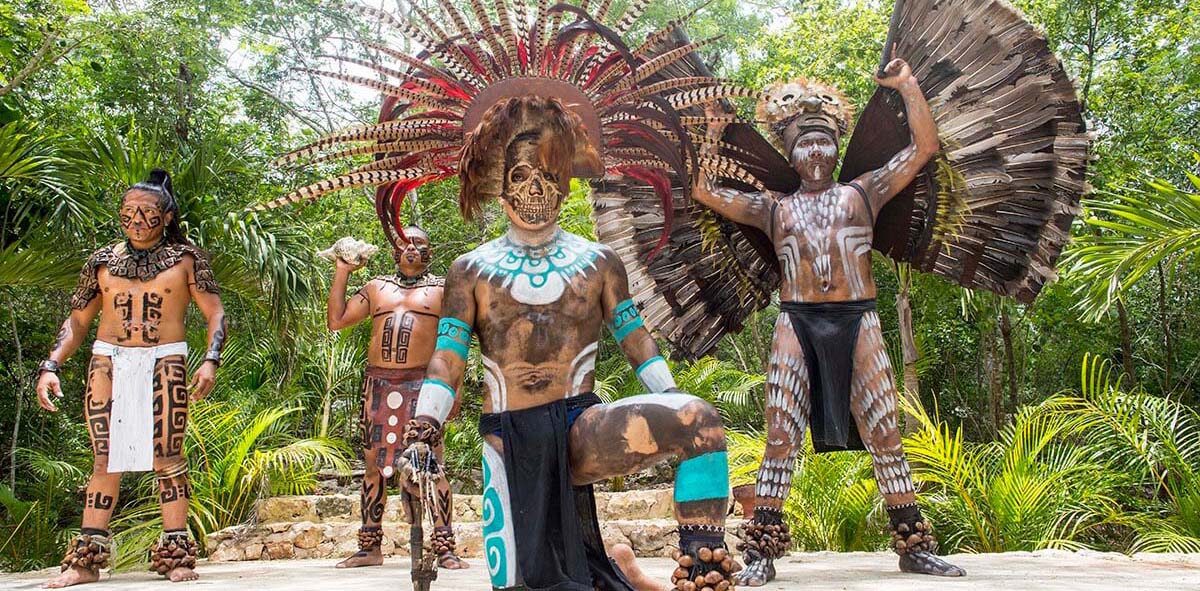
As we said, the Mayan culture was a mesoamerican culture very important that lasted more than two millennia and shone with its own light. It had different periods in its development, many of its cities were eventually abandoned, generating many questions today. Later the Spaniards would arrive eliminating a large part of the main features of this culture, either with the sword or with the Bible.
Mayan civilization It was a stratified society, there was an elite and there were commoners although over time the stratification became more specialized and therefore more complex. The city-states made up the empire where there were warriors, peasants, merchants, slaves, workers, religious, nobles.
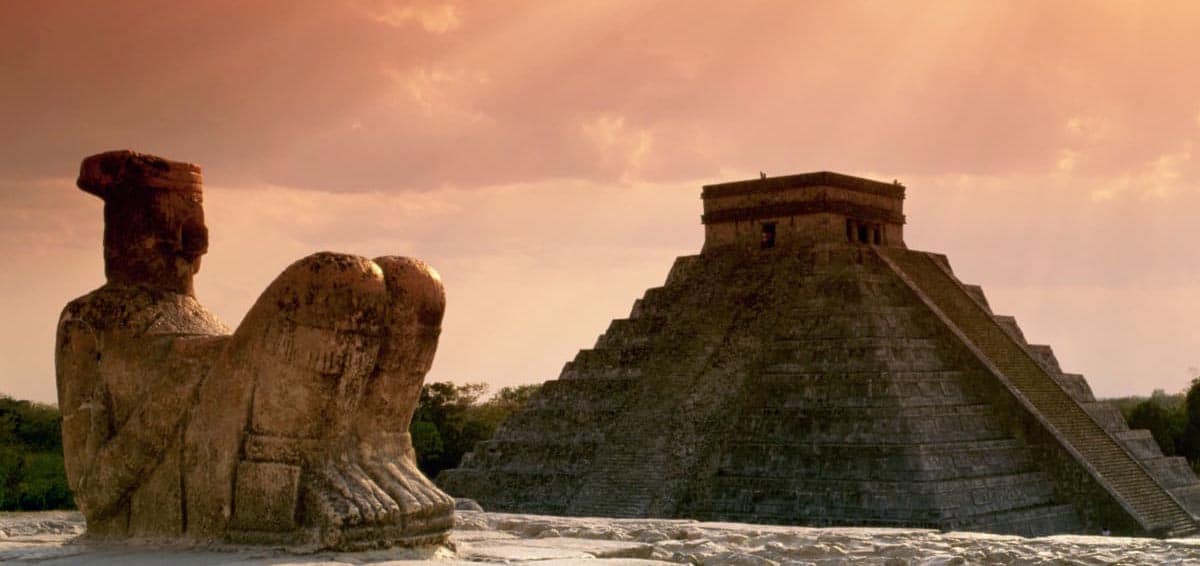
Above them was the king, of semi-divine status. The heir had to be a man, of his blood, and power only rested in the hands of a woman if there was no male heir. The growth of the heir was laced with initial rites and there were then many ceremonies.
Still, 90% of the population was commoner and little is known then about all of them. War was an everyday thing, for reasons of control of natural resources and to control trade routes. Finally, the Mayans were great astronomers and mathematicians And although today we can frown upon human sacrifices, the truth is that this practice was quite common in many ancient cultures.
It is precisely from his art and the story of the Spaniards, even through time, that we can know today how the Mayans dressed.
What was the clothing of the Mayans
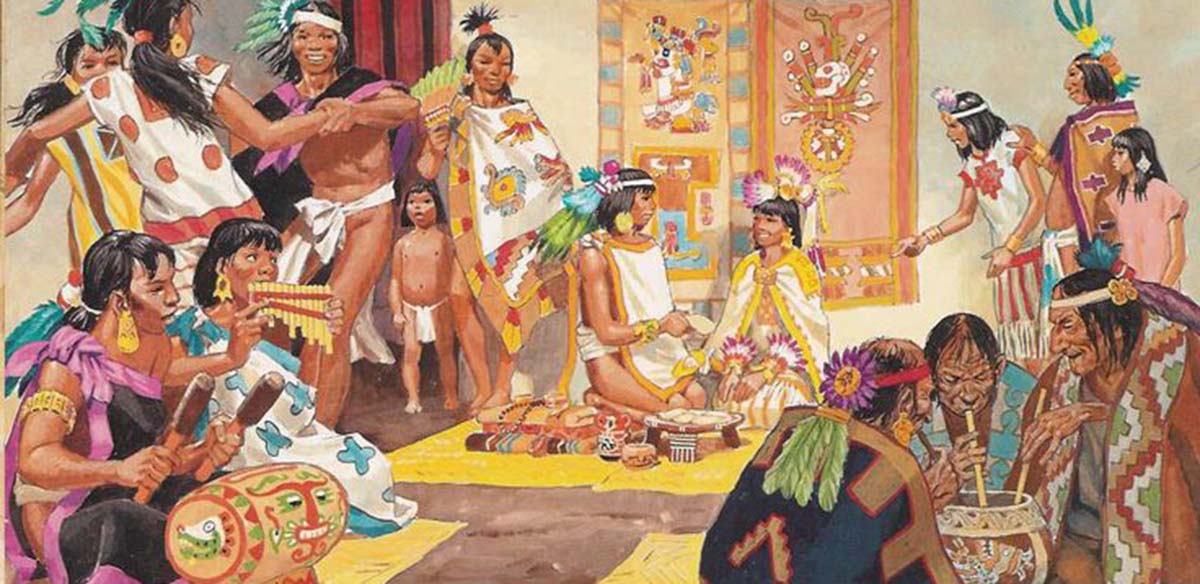
As we said, the Mayan society was stratified society y her way of dressing reflected that. The most important classes dressed in better quality fabrics and of more color, they used feathers or precious stones, while the commoners dressed according to the work they did.
In addition, each cultural event required its own costume, so it is not that there is a single Mayan costume but several. A different outfit depending on the occasion. Thus, there was war suits, dance costumes, everyday wear and sportswear.
Thus, in general we have garments that cover the feet, others for the waist, for the torso and arms, the head and the face. The mayans they wore leather, cotton, furs and to decorate ornaments of seeds, bones, precious stones and wood.
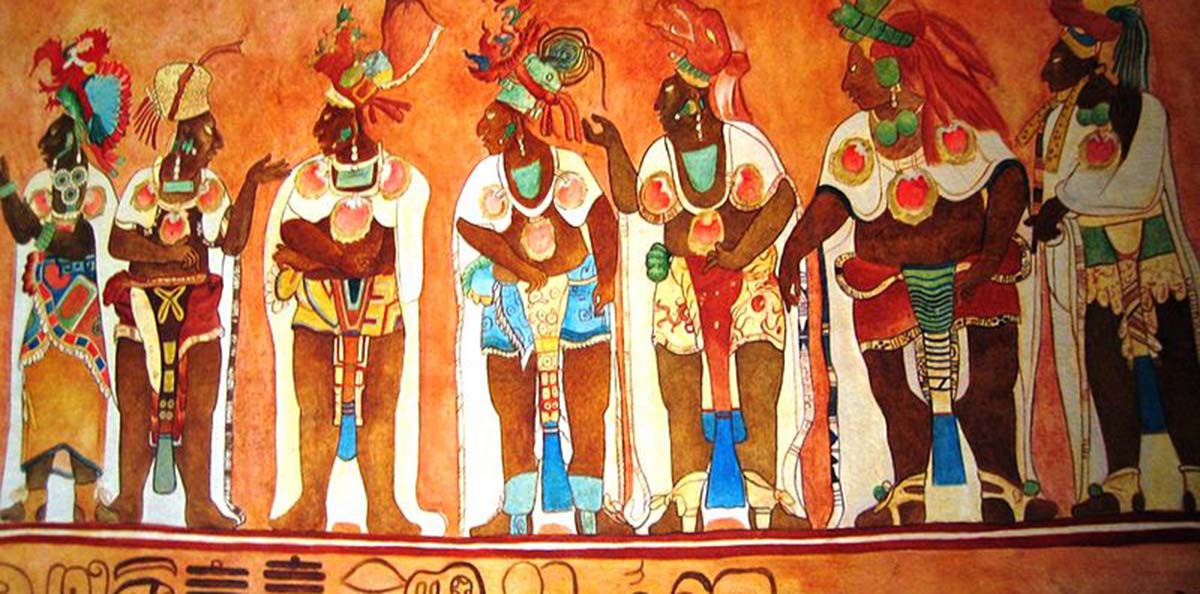
Let's start with the working class. The workers wore simple garments that allowed them to work. What did they do? Basically they were agricultores so they wore a short skirt, the "patty«, To move easily in the field, and nothing on the torso. The pati covered the genitals and sometimes everything could be embroidered with colors, according to the taste of the owner. For his part the women wore a longer skirt and a wide shirt called huipil.
The huipil covered their shoulders and were usually colorful. On their feet they wore sandals that were made with deerskin and other types of skins. Who could decorated them with objects of wood or bone. Women's sandals were thinner than men's. While a peasant wore modest clothes and a craftsman perhaps added some hanging adornment, the slaves directly wore only a loincloth and could walk barefoot. If they were sacrificial meat, then they were given some adornment.
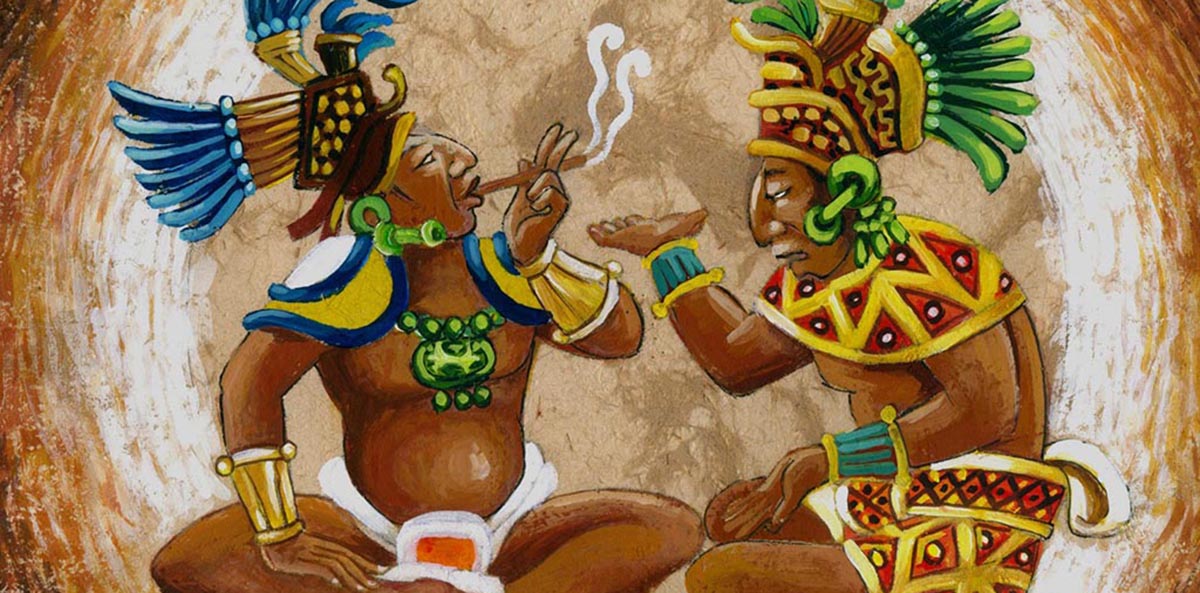
The simplicity of the clothing of the working class contrasted with the ornaments of the clothing of the Mayan upper class.. The women of the upper class wore a long and wide skirt, fastened with colorful fabrics at the waist. Above they wore sleeveless, baggy shirts, and were adorned with precious stones. On their heads they wore feathered headdresses and perhaps pearls, tiaras, kerchiefs. On the feet, thin sandals with laces and precious stones and other ornaments. The fur capes were not missing either.
But where did they get the colors from? The mayans they used natural pigments, vegetable dyes, to dye your textile garments. The colors that prevailed the most were the yellow and azul: yellow represented the color of the snake, corn and its derivatives, and blue was the color of the gods and water. Mayan textiles were a marvel and everything textile was considered a gift from the goddess of the Moon, Ixchel. Women were then the spinners and embroiderers par excellence.

Now, The costumes will take on a different look when it comes to a ceremony or ritual. The rituals revolved around requesting favors from the gods, good harvests, for example, and were done regularly according to the lunar cycle. On these occasions the clothes were more striking and these were the moments for the power of families to be expressed in clothing.
That was where the colourful feathers, the best precious stones, the best clothes of all. The priests' clothing included a tail full of feathers, ornaments that made noise when moving (bracelets, rattles), imposing scepters, and the image was quite intimidating. Imagine having a guy dressed like this with a knife in his hand about to extract your heart ... How scary!
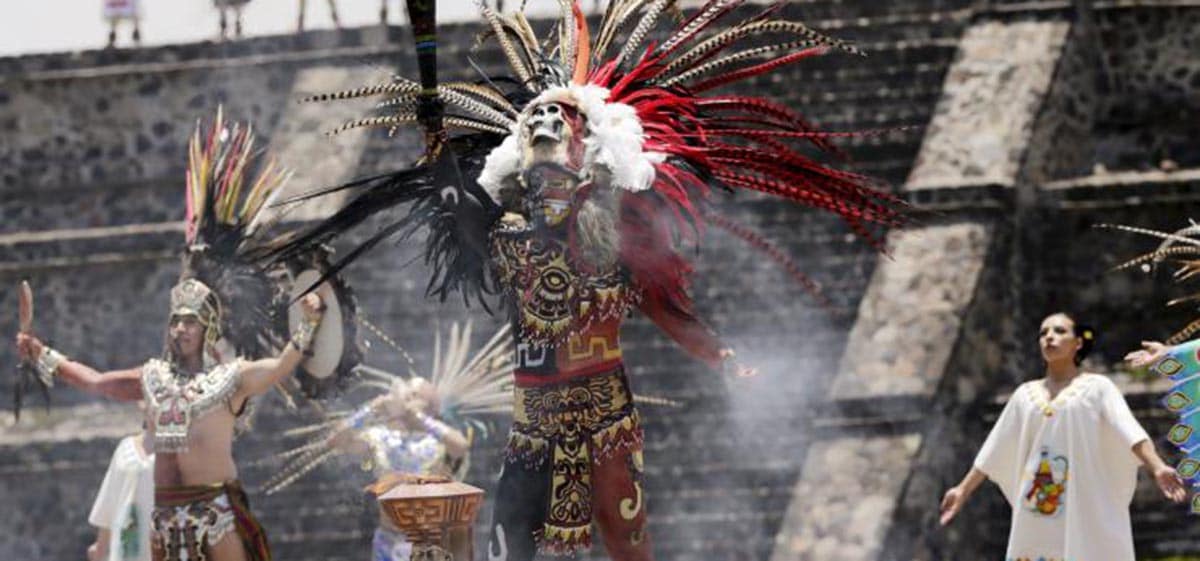
Last but not least, body paintings they were part of the clothing. Both men and women painted their bodies and faces. Women preferred to paint their faces and men also added body parts.
Men, for example, painted themselves black until they were married. Art on the body was ephemeral and it no longer distinguished social classes so much. Not only the elite could paint their bodies, although it is true that its use on public occasions had its rules.